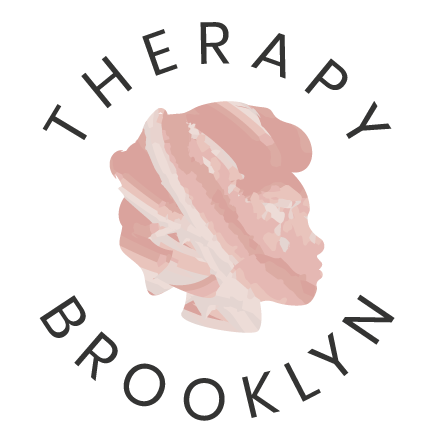Historically Excluded and Looking for Therapy
Finding the right therapist can be challenging depending on what you are looking for. You can search based on modality, such as cognitive behavioral therapy (CBT), dialectical behavior therapy (DBT), or eye movement desensitization and reprocessing therapy (EMDR). You can search using insurance or sliding scale services. You can also search based on whether you are seeking individual, couples, family, or group therapy. When considering a therapist’s background you might look at whether you share the same cultural and/or ethnic identity, how long they have been practicing, or areas they specialize in.
While lists of questions exist to support your journey, one thing I have found missing is how those from historically excluded groups can better understand what a good fit might look like based on key questions about their experiences and how those experiences might show up in session.
What are historically excluded groups?
When we consider the development of therapy over the decades, we cannot deny the impact of services provided. With the support of professionals, people have been able to overcome fears, develop healthy relationships, and navigate through challenging transitions. We credit Watson, Freud, and Skinner for their contributions, along with Horney, Ainsworth, and Satir.
We also cannot deny the fact that frameworks and interventions were developed by, and for, white people of American, European, French, German, and Russian descent. This led to the need for additional testing and studies in an effort to expand and deliver services to historically excluded people of Black, African, Hispanic, Asian, Indigenous descent, and those who identify with two or more of those excluded identities.
*It should be noted that those who identify as LGBTIA+ have also been excluded and more research is being conducted to develop and improve beneficial services for the population*
Questions to ask
The experiences of historically excluded people differ based on background, which is compiled of experiences with individual racism, systemic racism, and acculturation, along with studied effects of psychosocial development.
To better understand what questions might lead to “the right fit” first think about why you are engaging in services.
Are you aiming to address anxiety, depression, or having problems with your partner?
What experiences are you aware of that have contributed to the problems you want to work through?
How were you raised? Were you raised as an only child or with siblings?
What did punishment and reward look like and how does that reflect your current life?
When working with Black clients I like to explore family roles, often seeing that the oldest child assumes the role of an additional parent. As an adult that could translate to feeling the need to take care of everyone else and engaging in harsh self-criticism when they want to prioritize themself. A question to be explored in this case would be, “What are some effective ways to help me prioritize myself as I work through the guilt of doing so?” From a cultural perspective, the therapist must understand the spoken and unspoken collectivist values of Black families, along with the varying emotions that come with working toward self-actualization, which could be bi-directional guilt, shame, or even anger.
Working with Asian clients should propel therapists toward understanding ways clients relate outside of words and empathic actions. In my work I have noticed elements of competition between siblings and engagement in merit-based praise. Asking, “What are other ways to explore how I view and value myself?” could open the space to cultivate a different relationship with the self that emphasizes strengths and characteristics that are less about performance and more about moral standing.
Your individual experiences matter and the way to address them does too. Therapists are constantly working to deepen understanding and awareness when it comes to cultural experiences. This means seeing problems from different perspectives and languages to provide support. This also means just because one therapist is the wrong fit does not mean every therapist is.
Where to look
Websites like Psychology Today, and GoodTherapy are more widely known and can support you in narrowing down your options by filtering out some of the earlier considerations, such as modality. Below are some websites that are dedicated toward providing services for people belonging to historically excluded groups:
